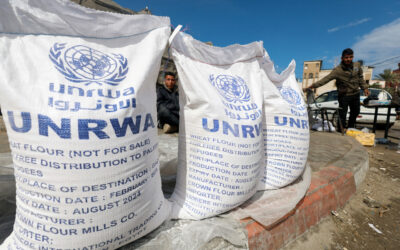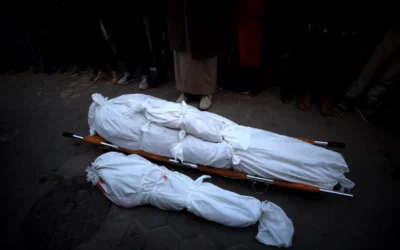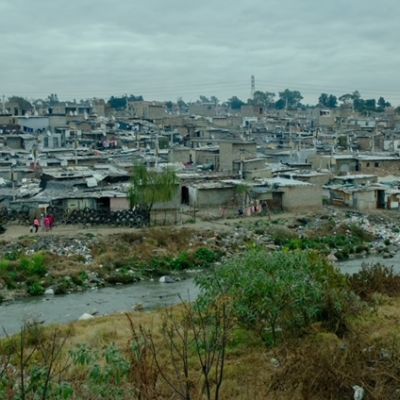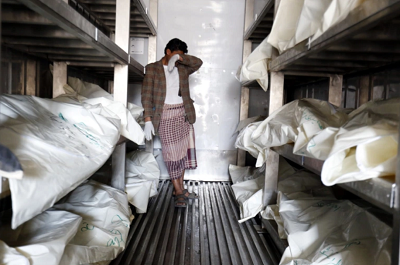Inferno in the Hills
![Firefighters working in sweltering conditions and steep terrain raced to douse spot fires. [Noah Berger/AP Photo]](https://liberties.aljazeera.com/media/2025/01/1736686929.webp)
Firefighters working in sweltering conditions and steep terrain raced to douse spot fires. [Noah Berger/AP Photo]
The wildfire sweeping through Los Angeles continues to grow in intensity, forcing new mandatory evacuations as the inferno spreads unchecked.
The Palisades fire, which ignited earlier this week, has now advanced northeast, tearing through the rugged Santa Monica mountains. As the flames encroach upon residential neighborhoods, more than 10,000 homes, businesses, apartment complexes, and vehicles have already been consumed by the relentless firestorm.
Tragically, at least 11 lives have been lost in the chaos, with the toll expected to rise as the blaze continues to ravage the region.
Thousands of residents are being forced to flee their homes in the face of advancing flames, leaving behind everything they’ve known. In a moment of rare relief, the winds that have fueled the fire’s rapid spread have died down slightly, providing firefighters with a brief window to make some progress in containing the disaster. But despite their best efforts, the fire remains dangerously unpredictable, and the danger is far from over.
Adding to the crisis, California’s governor has called for a full investigation into the shocking failure of local fire hydrants to deliver water when most needed. Authorities are looking into the possibility of a malfunction in the water supply system, which has raised questions about preparedness and infrastructure in the face of such catastrophic events.
The fire’s devastation is a stark reminder of the growing threat posed by climate change, as unpredictable weather conditions continue to fuel more frequent and more severe wildfires across the state. In the wake of the disaster, communities are left to rebuild, mourn the loss of loved ones, and face the difficult questions about what needs to be done to prevent such a tragedy from happening again.
Agencies.

















